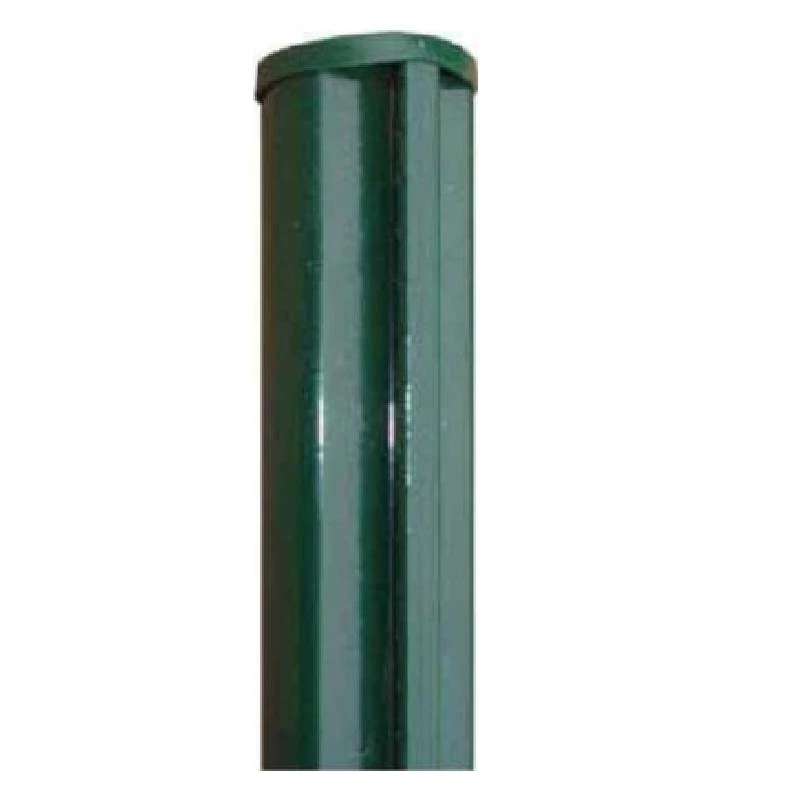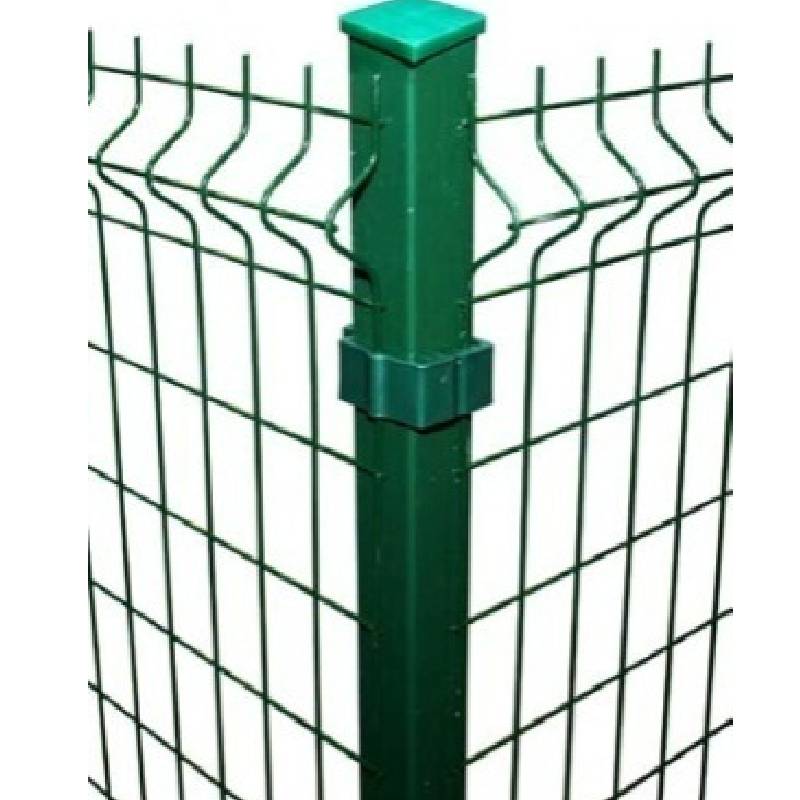-
I-imeyili:zhao@hyliec.cn
-
Ucingo:+86 311 85273988
-
I-WhatsApp:8613931128750
-
 umAfrika
umAfrika -
 Isi-Albania
Isi-Albania -
 Isi-Amharic
Isi-Amharic -
 Isi-Arabhu
Isi-Arabhu -
 Isi-Armenian
Isi-Armenian -
 Isi-Azerbaijani
Isi-Azerbaijani -
 Isi-Basque
Isi-Basque -
 IsiBelarusian
IsiBelarusian -
 Isi-Bengali
Isi-Bengali -
 Isi-Bosnia
Isi-Bosnia -
 IsiBulgaria
IsiBulgaria -
 IsiCatalan
IsiCatalan -
 Cebuano
Cebuano -
 IsiCorsican
IsiCorsican -
 IsiCroatia
IsiCroatia -
 IsiCzech
IsiCzech -
 Isi-Danish
Isi-Danish -
 IsiDashi
IsiDashi -
 IsiNgisi
IsiNgisi -
 Isi-Esperanto
Isi-Esperanto -
 Isi-Estonian
Isi-Estonian -
 IsiFinnish
IsiFinnish -
 IsiFulentshi
IsiFulentshi -
 IsiFrisian
IsiFrisian -
 IsiGalicia
IsiGalicia -
 IsiGeorgia
IsiGeorgia -
 IsiJalimane
IsiJalimane -
 isiGreki
isiGreki -
 IsiGujarati
IsiGujarati -
 IsiCreole saseHaiti
IsiCreole saseHaiti -
 hausa
hausa -
 isi-hawaiian
isi-hawaiian -
 IsiHebheru
IsiHebheru -
 Cha
Cha -
 Miao
Miao -
 IsiHungary
IsiHungary -
 Isi-Icelandic
Isi-Icelandic -
 igbo
igbo -
 Isi-Indonesian
Isi-Indonesian -
 i-irish
i-irish -
 IsiNtaliyane
IsiNtaliyane -
 IsiJapane
IsiJapane -
 Isi-Javanese
Isi-Javanese -
 Isi-Kannada
Isi-Kannada -
 kazakh
kazakh -
 I-Khmer
I-Khmer -
 IsiRwanda
IsiRwanda -
 IsiKorea
IsiKorea -
 IsiKurdish
IsiKurdish -
 IsiKyrgyz
IsiKyrgyz -
 I-TB
I-TB -
 IsiLatini
IsiLatini -
 Isi-Latvian
Isi-Latvian -
 IsiLithuanian
IsiLithuanian -
 Isi-Luxembourgish
Isi-Luxembourgish -
 IsiMacedonian
IsiMacedonian -
 UMalgashi
UMalgashi -
 Isi-Malay
Isi-Malay -
 Isi-Malayalam
Isi-Malayalam -
 IsiMaltese
IsiMaltese -
 IsiMaori
IsiMaori -
 IsiMarathi
IsiMarathi -
 IsiMongolia
IsiMongolia -
 eMyanmar
eMyanmar -
 IsiNepali
IsiNepali -
 IsiNorwegian
IsiNorwegian -
 IsiNorwegian
IsiNorwegian -
 Isi-Occitan
Isi-Occitan -
 Isi-Pashto
Isi-Pashto -
 isiPheresiya
isiPheresiya -
 IsiPolish
IsiPolish -
 IsiPutukezi
IsiPutukezi -
 IsiPunjabi
IsiPunjabi -
 IsiRomania
IsiRomania -
 IsiRashiya
IsiRashiya -
 IsiSamoa
IsiSamoa -
 IsiScottish Gaelic
IsiScottish Gaelic -
 IsiSerbia
IsiSerbia -
 IsiNgisi
IsiNgisi -
 IsiShona
IsiShona -
 Sindhi
Sindhi -
 IsiSinhala
IsiSinhala -
 IsiSlovak
IsiSlovak -
 IsiSlovenian
IsiSlovenian -
 eSomalia
eSomalia -
 ISpanishi
ISpanishi -
 IsiSundanese
IsiSundanese -
 IsiSwahili
IsiSwahili -
 IsiSwidi
IsiSwidi -
 IsiTagalog
IsiTagalog -
 Isi-Tajik
Isi-Tajik -
 IsiTamil
IsiTamil -
 IsiTatar
IsiTatar -
 Isi-Telugu
Isi-Telugu -
 IsiThai
IsiThai -
 IsiTurkey
IsiTurkey -
 IsiTurkmen
IsiTurkmen -
 Isi-Ukraine
Isi-Ukraine -
 Isi-Urdu
Isi-Urdu -
 Isi-Uighur
Isi-Uighur -
 Isi-Uzbek
Isi-Uzbek -
 IsiVietnamese
IsiVietnamese -
 Isi-Welsh
Isi-Welsh -
 Usizo
Usizo -
 Isi-Yiddish
Isi-Yiddish -
 IsiYoruba
IsiYoruba -
 Zulu
Zulu
I-Fencing Post
What Type Of Fence Post Is Best?
The best type of fence post depends on various factors such as the type of fence, local climate, soil conditions, and personal preferences. Common options for fence posts include:
1. Round steel posts: Round steel posts are a traditional and versatile choice, suitable for various fence types. They can be treated to resist rot and decay, but may require maintenance over time.
2. Square steel posts and rabbet posts offer durability and strength, making them suitable for supporting heavy or high-security fences. They are resistant to rot and insect damage.
3. Steel round posts/ square posts/ rabbet with base plate: They are suitable to install on the concrete ground, and fixed by concrete nails.
What Size Is A Fence Post?
Fence posts come in various sizes, typically having Φ32 Φ34 Φ38 Φ48 Φ60 Φ80 for round steel posts and 40x40 60x60 40x60 60x60 80x80 100x100 etc for square tube posts in dimension. The specific size of a fence post depends on the type of fence being installed, the height and weight of the fence panels, and the local building codes or regulations. It's important to select the appropriate size of fence post to ensure stability and structural integrity for the specific fencing project. Consulting with a professional or referring to local building codes can provide guidance on the recommended size of fence posts for a particular application.
Fence Post FAQ:
What type of fence post is best?
The best type of fence post depends on various factors such as the type of fence, local climate, soil conditions, and personal preferences. Common options for fence posts include round steel posts, square steel posts and rabbet steel posts, posts with base plate or without base plate. Each type has its own advantages and considerations, so it's important to choose the most suitable option based on the specific requirements of the fence project.
What size is a fence post?
Fence posts come in various sizes, typically typically having Φ32 Φ34 Φ38 Φ48 Φ60 Φ80 for round steel posts and 40x40 60x60 40x60 60x60 80x80 100x100 etc for square tube posts in dimension. The specific size of a fence post depends on the type of fence being installed, the height and weight of the fence panels, and local building codes or regulations. It's important to select the appropriate size of fence post to ensure stability and structural integrity for the specific fencing project.
How to install a panel fence?
Paneling a fence involves several steps, including measuring and planning, installing the posts, attaching the panels, adding finishing touches, and performing regular maintenance. It's important to follow the manufacturer's instructions and local building codes when paneling a fence to ensure proper installation and compliance with regulations. If in doubt, it's advisable to consult with a professional or seek guidance from experienced individuals.






